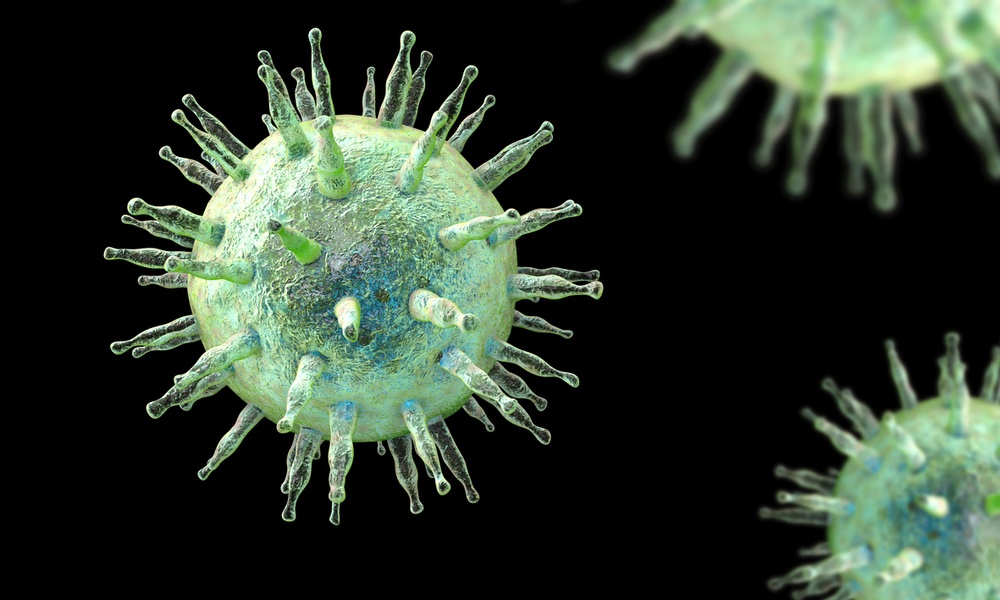According to a new study, when it comes to the H1N1 flu, an ounce of prevention is definitely worth a pound of cure. Would−be flu sufferers will do better to get a preventative shot than to wait till they already have the virus and take antiviral medications, which, as it turns out, don’t do a whole lot to shorten the length of time one suffers from the flu. The review paper comes out of the University of York in the UK.
...[A]ntiviral medications ‘are unlikely to be the most appropriate course of action.’
Jane Burch and her colleagues were asked by the National Institute for Health and Clinical Excellence (NICE) in the UK to look at 26 past studies to determine the efficacy of the drugs zanamivir and oseltamivir (trade names, Relenza® and Tamiflu®, respectively) at combating the flu from year to year. They found that for people who took one of these drugs, the flu went away between half a day and one full day earlier than it did for people who did not take antiviral medications at all. This difference is not terribly impressive.
The researchers say that given the results of their review, antiviral medications “are unlikely to be the most appropriate course of action.” They suggest that the flu shot will likely be a better bet, particularly if it is a good match for the flu virus that will be circulating this year. Another important advantage of the flu shot, they point out, is that it is a prophylactic measure, preventing many people from coming down with the flu at all.
In response this study, the NICE has changed its guidelines for giving antiviral medications to only those people considered to be at the highest risk, like seniors, people with compromised immune systems, diabetes, and those with heart, lung, liver, or kidney disease.
The authors point out that their findings are particularly important, given the potential reoccurrence of the H1N1 virus this fall/winter.
The findings were published in the August 8th online edition of the journal The Lancet Infectious Diseases.




